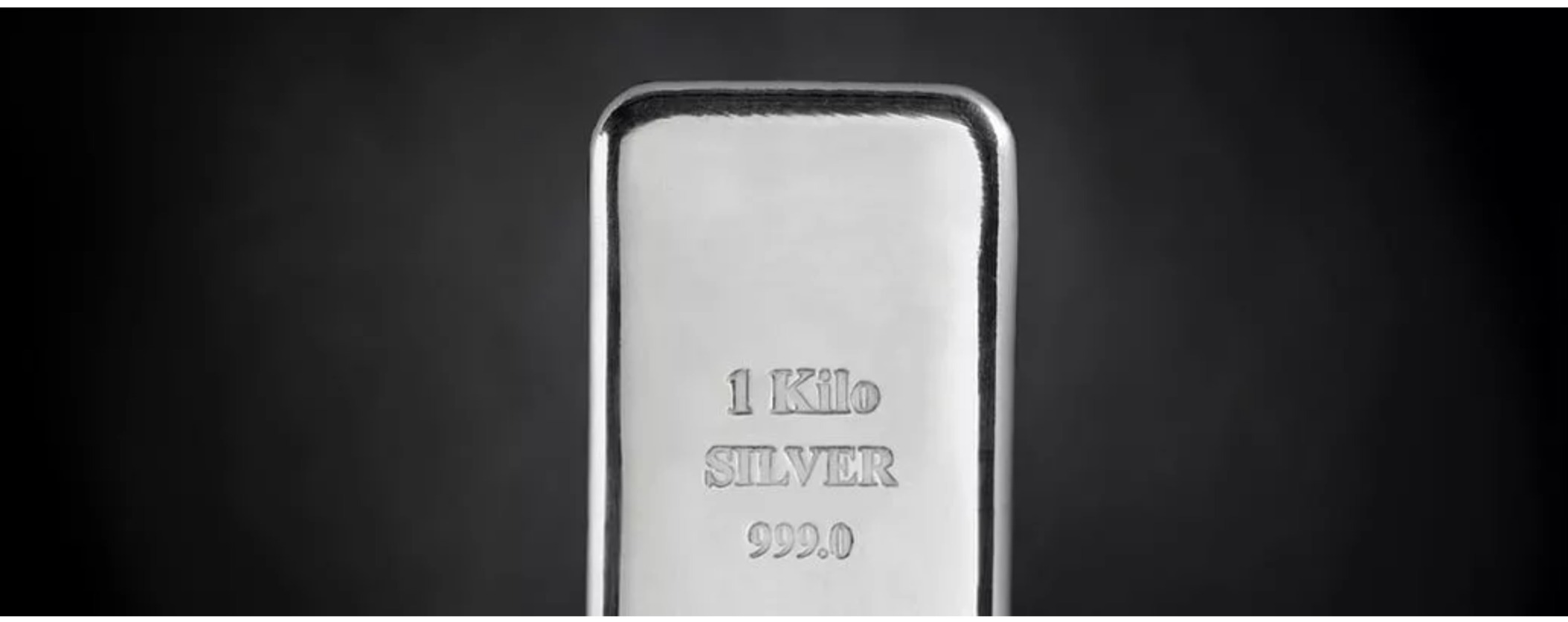Silver’s future appears promising due to its increasing demand as an industrial metal, making it a powerful asset.
Similar to gold, the reasons to invest in silver are manifold, and often, silver’s value is amplified in comparison. What sets silver apart from other precious metals is its expanding demand in industrial applications. Every year, new uses for silver’s unique chemical properties are discovered, spanning from biotech to electronics. Concerns are growing that, within less than 15 years, the available silver supply may be depleted.
The rising demand for silver in various industries, such as medicine and electronics, contributes to its scarcity. Once silver is utilized in industrial processes, its remnants become challenging and costly to extract, particularly from discarded electronic items. Consequently, the market is recognizing that if the supply of silver diminishes to zero, it could become the most precious metal of all. This scarcity factor adds to the attractiveness of physical silver as an investment.

